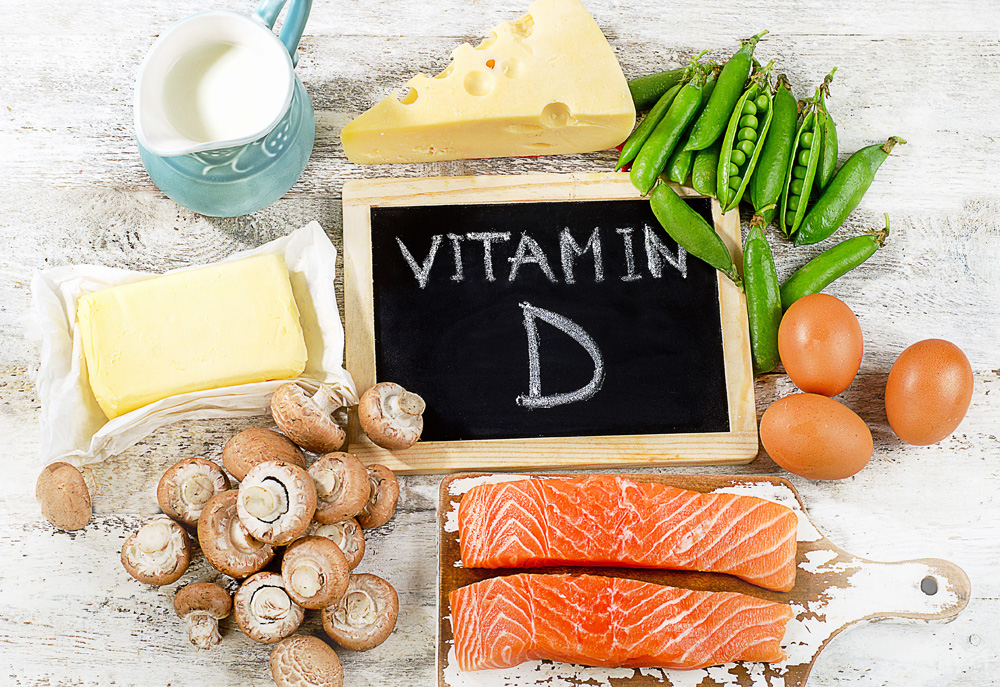Vitamin D is essential for many bodily processes such as calcium and phosphorus absorption, bone and muscle health. We get vitamin D mainly through exposure to the sun and through fortified foods. Vitamin D eaten or absorbed through the skin must undergo conversion to its active form in the liver and kidneys. Deficiencies in vitamin D can cause a spectrum of problems, in its most severe form causes rickets in children and osteomalacia in adults (soft and bending bones). These conditions are uncommon now because of added vitamins and minerals during food processing. However, moderate(subclinical) vitamin D deficiencies are very common. Studies suggest close to 50% of adults are deficient. In certain populations or geographic locations this number is likely higher. Vitamin D deficiencies contribute to development of osteoporosis (brittle bones), falls and fractures. To prevent deficiencies the guidelines, suggest supplementing with 600-1000 IU daily depending on age. Recommendations can vary widely depending on a host of factors including medications (hormones or steroids therapy), malabsorptive disorders, kidney or liver dysfunction and level of deficiency.
More is not always better! Many vitamins are considered harmless and do not cause toxicity, however vitamin D is a fat-soluble vitamin (excess is stored in fat tissue) and is not as easily excreted from the body as water soluble vitamins. Excessive vitamin D intake can lead to toxicity. Symptoms present as confusion, muscle weakness, vomiting, anorexia, and kidney stones. As always have a conversation with your doctor about what dose is right for you.
Dr. MacKenzie



